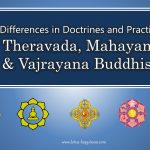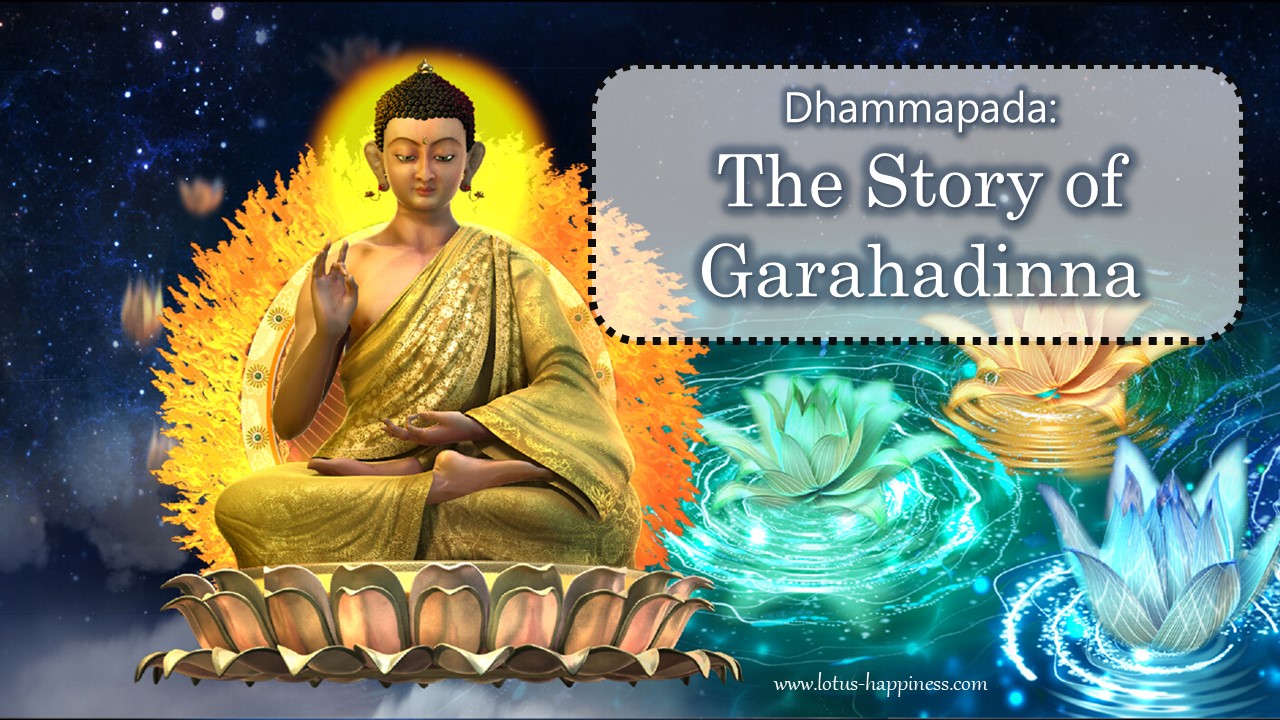The First Council
The Background of the First Council
Just like other early religious leaders and great philosophers, Shakyamuni Buddha left no writing from his own hand. He preached the people both by example and precepts. Throughout forty nine years, he travelled from place to place, sometimes accompanied by his disciples, expounding the Dharma to the people of all kinds. There was no literal record nor documentary on what he spoke in the sermons. It is natural that the disciples would gather together to put in order their recollection of the great teachings after the death of such a reputable leader of a monastic order, Shakyamuni Buddha.
The disciples would re-construct the way in which the Buddha’s teaching was correctly followed by the people in future. On the other hand, there arose differences of interpretation of the Buddha’s teachings after his death. In order to avoid any false thinkings and deviant ways to study Buddhism, a council was necessary to establish a unity of doctrine and opinion within the monastic community, as well as the lay community.
The Council in the Cave
Three months after the death of Shakyamuni, Ajatashatru, the king of Magadha patronized the council, held at Saptaparna-guha in the Cave of the Seven Leaves in Rajagaha. The leading convenors of the council were Mahakashyapa, Ananda and Upali. It was known as the First Council. As the chairman of the Council, Mahakashyapa selected five hundred Bhiksus to undertake the task of establishing the Buddhist canon. Ananda, having been for a long period of time at the side of Shakyamuni, was responsible to recite what teachings the Buddha had expounded, i.e. Sutta-pitaka. Upali, the first in taking precepts amongst the disciples, was responsible for the rules of disciples of the Order i.e. Vinaya-pitaka. Mahakashyapa himself recited and edited the commentaries, i.e. Abhidhamma, or Shastra.
After they had completed their recitation, the Bhiksus in the assembly examined the words to make sure that their meanings were correct, and then all recited them together in unison, each monk in this way thinking over the words again and memorizing them. Each recitation was submitted for scrutiny and approval in the assembly.
Only when a version that all could consent to had been reached, the joint recitation would take place. The final scriptures were written on Pattra, the palm leaves for writing in ancient time. The Buddhist canon compiled at the First Council was knowned as the Tripitaka consisting of three parts, Sutta-pitaka, Vinaya-pitika and Abhidhamma. It was regarded as the earliest and original teaching of the Buddha, serving as a basis of absolute authority. It was also called Agama which meant “sacred teaching”.
There are another names for the First Council, such as:
-
- “Gathering of 500 Bhiksus”
- “The First Group Recitation”
- “The First Compilation”
- “The Sthavira Council”
Sthavira means the elder and senior monks with 20 to 49 years standing (i.e. time after ordination). The intermediate monks were those with 10-19 years standing, while the junior with less than 10 years standing. Sthavira sometimes refers to the title given to Mahakashapa, who chaired the First Council. It was later developed to Theravada tradition.
The Council “outside the cave”
In the same period, another group of Bhiksus who was originally not the followers of Mahakashyapa, gathered “outside the cave” 20 miles away in northwest of The Cave of the Seven Leaves. The council was led by Bhaddiya, one of the Five Bhiksus. The participating Bhiksus also recited and compiled their own version of the Buddhist canon, but with wider scope of interests in the Buddha’s teaching. The canon was later the basis of the Mahasanghika school of thought.
It seems that the elder Bhiksus in the cave led by Mahakashyapa concentrated their attention upon the rules of discipline for the continuation of the monastic community. However, Shakyamuni’s teachings had not been intended only for the Bhiksus, but for all mankind to gain enlightenment and liberate from suffering. It is again natural for the lay believers to expect different standards and rules of discipline for different groups of people within the Buddhist community. For instance, the Bhiksus were expected to observe strict rules of discipline and to devote themselves in religious practice, while the lay believers did not. Certainly, it was one of the factors leading to the subtle differences in outlook that characterized the Sthavira school, centered about the monastic community, and the Mahasanghika school, serving the needs in lay community.
Sthavira and Mahasanghika
Sthavira and Mahasanghika were the two earliest sections of Buddhism. Literally, Sthavira referred to “the Teaching of the Elders,” the intimate and older disciples, while Mahasanghika referred to the “Members of the Great Order”, the rest in Buddhist community. The former put more emphasis on the rules of discipline and the continuation of the monastic order, while the latter was characterized by the mission of salvating all sentient beings particularly in lay community. At first, they were not considered to be different schools as there was no record of any struggle between orthodoxy and heterodoxy between the two schools.
Strictly speaking, they served different needs in the Buddhist community with the common goal – the continued existence of the Dharma. It was no point to agree which school was more important than the other, as the effort contributed by both schools were equally great.
Once Ananda asked Shakyamuni whom he should follow after Shakyamuni’s death. Shakyamuni Buddha replied that the precepts were the teacher in Buddhism. It is no doubt that taking precepts and observing the rules of discipline is the most important religious practice in Buddhism, particularly in the monastic community.
However, Shakyamuni also spent the greater part of his lifetime working to spread his teachings in lay community so that all people, not just the monks, gained enlightenment. A monk should prepare to sacrifice his own being for the welfare of mankind – liberation from the sufferings and attainment of wisdom. It was certainly the original meaning of Buddhism.












